Home>Gardening & Outdoor>Landscaping Ideas>How To Plant Fescue Grass Seed

Landscaping Ideas
How To Plant Fescue Grass Seed
Modified: August 16, 2024
Learn how to plant fescue grass seed with our expert landscaping ideas. Discover the best tips for growing a lush and beautiful lawn.
(Many of the links in this article redirect to a specific reviewed product. Your purchase of these products through affiliate links helps to generate commission for Storables.com, at no extra cost. Learn more)
Introduction
So, you've decided to transform your yard into a lush, green oasis, and you've chosen fescue grass as your go-to option. Congratulations! Fescue grass is a fantastic choice for many homeowners due to its adaptability and low maintenance requirements. Whether you're a seasoned gardener or a novice enthusiast, planting fescue grass seed can be a rewarding experience that results in a vibrant and resilient lawn.
In this comprehensive guide, we'll delve into the essential steps for successfully planting fescue grass seed. From understanding the unique characteristics of fescue grass to selecting the ideal time and location for planting, preparing the soil, and nurturing the young seedlings, we've got you covered. By the end of this journey, you'll be equipped with the knowledge and confidence to cultivate a thriving fescue grass lawn that will be the envy of your neighborhood.
So, grab your gardening gloves and let's dive into the wonderful world of fescue grass!
Key Takeaways:
- Planting fescue grass seed requires choosing the right time and location, preparing the soil, and providing ongoing care. With patience and attention to detail, you can cultivate a vibrant and resilient lawn that thrives in diverse environments.
- Caring for fescue grass involves regular watering, balanced fertilization, proper mowing, aeration, and vigilant pest and weed management. By following these practices, you can nurture a lush and inviting outdoor space for leisure and relaxation.
Read more: When To Plant Fescue Grass In Tennessee
Understanding Fescue Grass
Before delving into the process of planting fescue grass seed, it's crucial to familiarize yourself with this resilient and versatile grass species. Fescue grass, belonging to the Festuca genus, is renowned for its ability to thrive in a variety of climates and soil conditions. There are several types of fescue grass, with the most common being tall fescue, fine fescue, and creeping red fescue.
Tall fescue, known for its deep root system and drought tolerance, is a popular choice for lawns and pastures. Fine fescue, on the other hand, is celebrated for its shade tolerance and fine texture, making it an excellent option for challenging growing conditions. Creeping red fescue is prized for its creeping growth habit and cold tolerance, often used in mixtures with other grass species.
One of the key attributes of fescue grass is its adaptability to both sun and shade, making it a versatile option for lawns in varying light conditions. Additionally, fescue grass exhibits excellent wear tolerance, making it suitable for high-traffic areas. Its deep root system enables it to withstand periods of drought, ensuring its resilience during dry spells.
Understanding the unique characteristics of fescue grass will guide you in making informed decisions throughout the planting and maintenance process. Whether you're aiming to establish a vibrant lawn in a sunny backyard or a shaded courtyard, fescue grass offers the flexibility and durability needed to thrive in diverse environments.
Now that we've gained insight into the remarkable qualities of fescue grass, let's move on to the next crucial step: choosing the right time and location for planting your fescue grass seed.
Choosing the Right Time and Location
When it comes to planting fescue grass seed, timing and location play pivotal roles in ensuring successful establishment and long-term growth. Before diving into the planting process, it's essential to assess the environmental conditions of your area and select the most suitable time for sowing the seeds.
Ideally, the best time to plant fescue grass seed is during the late summer to early fall months. During this period, the soil retains warmth from the summer months while also benefiting from the increased moisture as the cooler fall weather sets in. These conditions create an optimal environment for the germination and establishment of fescue grass seedlings.
Choosing the right location for planting fescue grass seed is equally important. Fescue grass thrives in areas with well-draining soil and receives adequate sunlight. However, it also exhibits impressive shade tolerance, making it a versatile choice for various lawn environments. If your lawn features a mix of sun and shade, fescue grass can adapt well to these diverse light conditions, ensuring consistent growth and coverage.
Before planting, assess the topography of your lawn to identify any potential drainage issues. Fescue grass prefers soil with good drainage to prevent waterlogging, which can hinder its growth and lead to root diseases. Additionally, consider the existing vegetation and landscaping features in your yard to determine the best approach for integrating fescue grass into the overall design.
By carefully selecting the right time and location for planting your fescue grass seed, you set the stage for a thriving and resilient lawn. The next step in this journey involves preparing the soil to create an optimal environment for the fescue grass seedlings to take root and flourish.
Preparing the Soil
Preparing the soil is a crucial step in the process of planting fescue grass seed, as it sets the foundation for healthy growth and long-term vitality. Before sowing the seeds, it's essential to assess the condition of the soil and make any necessary amendments to create an optimal environment for the fescue grass seedlings.
Start by conducting a soil test to determine the pH level and nutrient composition of the soil. This valuable information will guide you in making informed decisions about the amendments needed to optimize the soil for fescue grass growth. In general, fescue grass thrives in slightly acidic to neutral soil with a pH range of 5.5 to 7.5. If the soil pH is outside this range, you can adjust it by adding lime to raise the pH or elemental sulfur to lower it, based on the test results.
Once the pH level is within the ideal range, focus on enhancing the soil structure and fertility. Incorporating organic matter, such as compost or well-rotted manure, into the soil can improve its texture, drainage, and nutrient-holding capacity. This organic amendment provides essential nutrients and promotes beneficial microbial activity, creating a nurturing environment for the fescue grass seedlings.
Prior to planting, ensure that the soil is well-aerated to facilitate root development and nutrient uptake. Loosen compacted soil using a garden fork or tiller, breaking up any dense clumps to promote a friable and breathable soil structure. This step is particularly important for encouraging the establishment of the fescue grass roots and ensuring their access to essential oxygen and moisture.
By meticulously preparing the soil and addressing any deficiencies or imbalances, you pave the way for robust and resilient fescue grass growth. The next stage in this journey involves the actual process of planting the fescue grass seed, where careful attention to detail is key to achieving successful germination and establishment.
Water the newly planted fescue grass seed regularly to keep the soil moist, but not waterlogged. This will help the seeds germinate and establish a healthy root system.
Planting Fescue Grass Seed
Now that the stage is set with well-prepared soil, it’s time to embark on the exciting process of planting fescue grass seed. This pivotal step requires attention to detail and a methodical approach to ensure successful germination and the establishment of healthy fescue grass seedlings.
Begin by selecting high-quality fescue grass seed that aligns with your specific lawn needs and environmental conditions. Whether you opt for a pure fescue grass seed or a blend that includes complementary grass species, ensure that the seed is certified for purity and germination rate. This guarantees that you’re working with viable seeds that have the potential to thrive in your lawn.
When it comes to sowing the seeds, evenly distribute the fescue grass seed over the prepared soil using a broadcast spreader or by hand. Aim for a uniform coverage to promote consistent growth and density across the lawn. After spreading the seeds, gently rake the soil to ensure good seed-to-soil contact, which is essential for successful germination.
Following the seed sowing, lightly compact the soil using a lawn roller or by gently tamping it with the back of a rake. This step helps secure the seeds in the soil and promotes optimal seed germination by ensuring close contact with the moist soil. After compacting the soil, water the area thoroughly to provide the seeds with the moisture needed to initiate the germination process.
Throughout the germination period, it’s crucial to keep the soil consistently moist to support the growth of the fescue grass seedlings. This may require light and frequent watering, especially during dry or warm weather conditions. As the seedlings emerge and develop, gradually transition to a deeper and less frequent watering schedule to encourage deep root growth and drought tolerance.
By following these meticulous steps and providing attentive care during the germination and early growth stages, you’ll set the stage for a vibrant and resilient fescue grass lawn. As the young seedlings take root and flourish, it’s essential to implement proper care and maintenance practices to nurture their ongoing growth and ensure a lush and healthy lawn.
Read more: When To Plant Tall Fescue Grass
Caring for Fescue Grass
Once the fescue grass seedlings have taken root and begun to establish themselves, it’s time to shift the focus to ongoing care and maintenance to support their long-term growth and vitality. Caring for fescue grass involves a combination of attentive practices aimed at promoting health, resilience, and lush greenery across your lawn.
Regular watering is essential for nurturing fescue grass, especially during the early stages of growth. While fescue grass exhibits drought tolerance, consistent moisture is vital for promoting deep root development and overall vigor. Water deeply and infrequently, allowing the soil to dry slightly between watering sessions to encourage strong root growth.
Applying a high-quality fertilizer specifically formulated for fescue grass is instrumental in providing essential nutrients for robust growth. Opt for a balanced fertilizer with a ratio such as 10-10-10 or 15-5-10, applying it in the early spring and again in the fall to support the grass’s nutritional needs throughout the growing season. Avoid over-fertilization, as this can lead to excessive foliage growth and potential thatch buildup.
Mowing your fescue grass at the appropriate height is crucial for maintaining its health and appearance. Set your mower to a height of around 2.5 to 3.5 inches, as this range is optimal for fescue grass, promoting shade tolerance and resilience against environmental stressors. Additionally, mow the grass when it reaches a height of approximately 3.5 to 4 inches, ensuring that no more than one-third of the grass blade is removed in a single mowing session.
Regular aeration of the lawn is beneficial for fescue grass, as it alleviates soil compaction and promotes optimal air and water penetration to the roots. Aeration can be performed using a core aerator, which removes small plugs of soil, allowing for improved nutrient uptake and root development. Aeration is particularly beneficial in high-traffic areas or lawns with compacted soil.
Finally, vigilant weed control and pest management are essential components of fescue grass care. Regularly inspect your lawn for weeds and address them promptly to prevent competition for nutrients and space. Additionally, monitor for signs of pests or diseases, taking proactive measures to mitigate potential issues and preserve the health of your fescue grass.
By implementing these comprehensive care practices, you’ll nurture a vibrant and resilient fescue grass lawn that enhances the beauty of your outdoor space. With proper care and attention, your fescue grass will thrive, providing a lush and inviting backdrop for leisure and relaxation.
Conclusion
Congratulations on embarking on the journey of planting and nurturing fescue grass in your outdoor oasis. Throughout this comprehensive guide, we’ve explored the essential steps for successfully establishing a vibrant and resilient fescue grass lawn. From understanding the unique characteristics of fescue grass to selecting the right time and location for planting, preparing the soil, sowing the seeds, and implementing ongoing care practices, you’ve gained valuable insights into cultivating a thriving lawn that will be the envy of your neighborhood.
By choosing fescue grass, you’ve embraced a versatile and adaptable grass species that thrives in various environmental conditions, from sun-drenched areas to shaded retreats. Its resilience, shade tolerance, and wear resistance make it an ideal choice for homeowners seeking a low-maintenance yet visually appealing lawn.
As you embark on this journey, remember that patience and attentiveness are key to nurturing your fescue grass lawn. From the initial stages of seed sowing to the ongoing care and maintenance, each step plays a vital role in ensuring the long-term health and beauty of your lawn.
By providing consistent moisture, balanced nutrition, proper mowing, aeration, and vigilant pest and weed management, you’ll create an environment where your fescue grass can thrive and flourish. The result will be a lush, green lawn that invites leisurely strolls, outdoor gatherings, and moments of tranquility amidst nature’s beauty.
So, as you embark on this rewarding endeavor, remember that the journey of cultivating a fescue grass lawn is as fulfilling as the destination. Embrace the process, enjoy the transformation, and take pride in the lush and vibrant landscape you’ve nurtured with care and dedication.
May your fescue grass lawn be a source of joy, relaxation, and natural beauty, enriching your outdoor space and creating cherished memories for years to come.
Frequently Asked Questions about How To Plant Fescue Grass Seed
Was this page helpful?
At Storables.com, we guarantee accurate and reliable information. Our content, validated by Expert Board Contributors, is crafted following stringent Editorial Policies. We're committed to providing you with well-researched, expert-backed insights for all your informational needs.
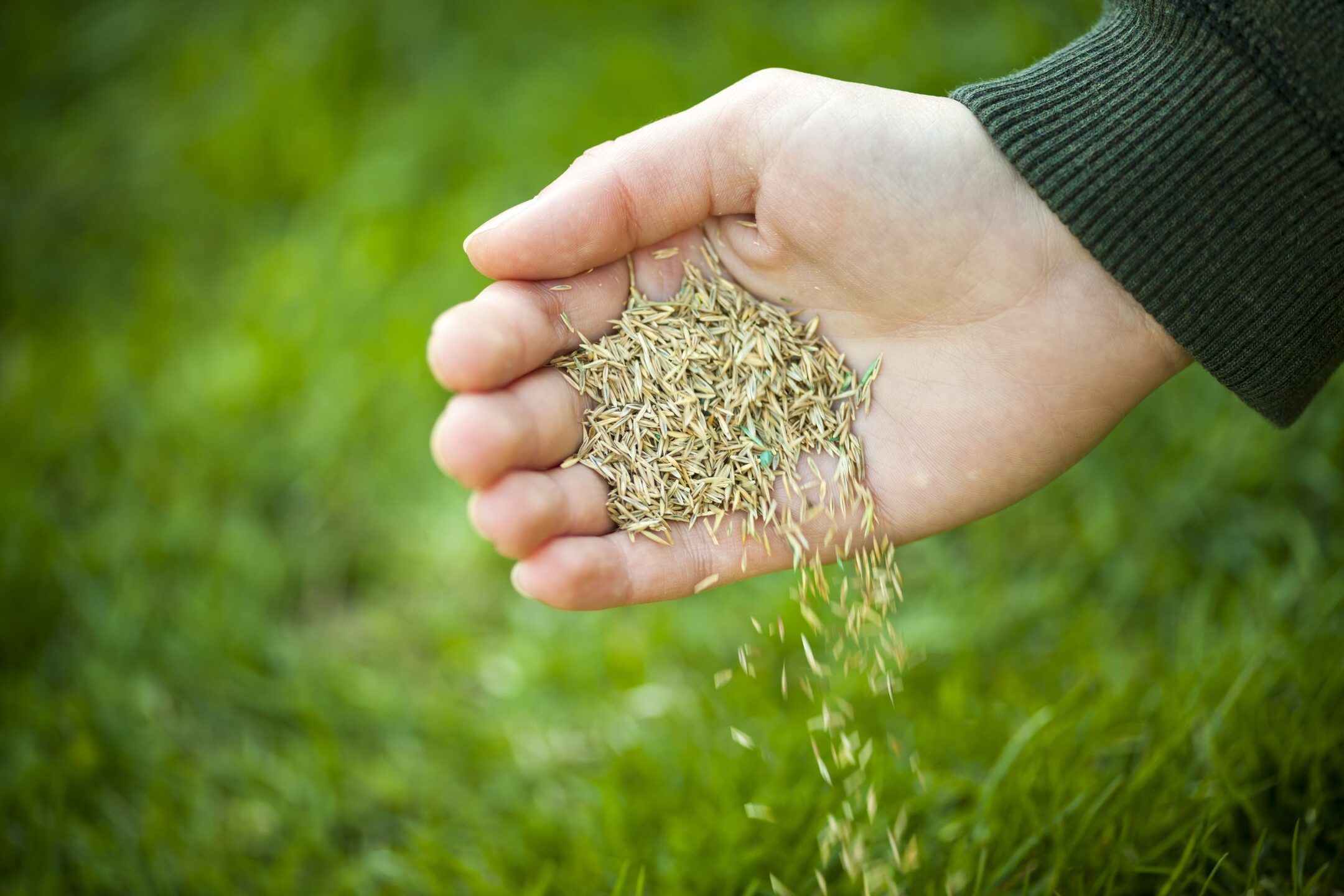
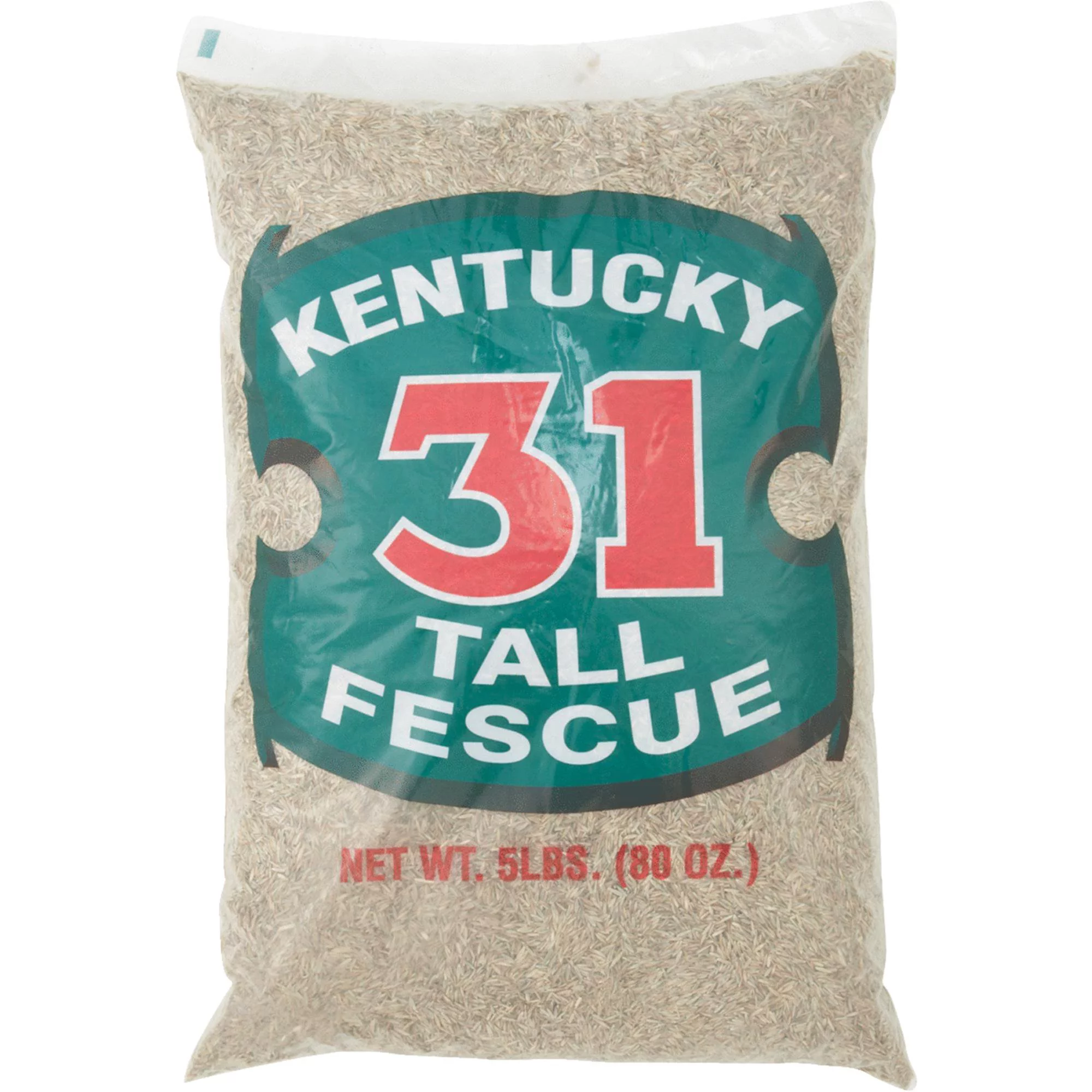
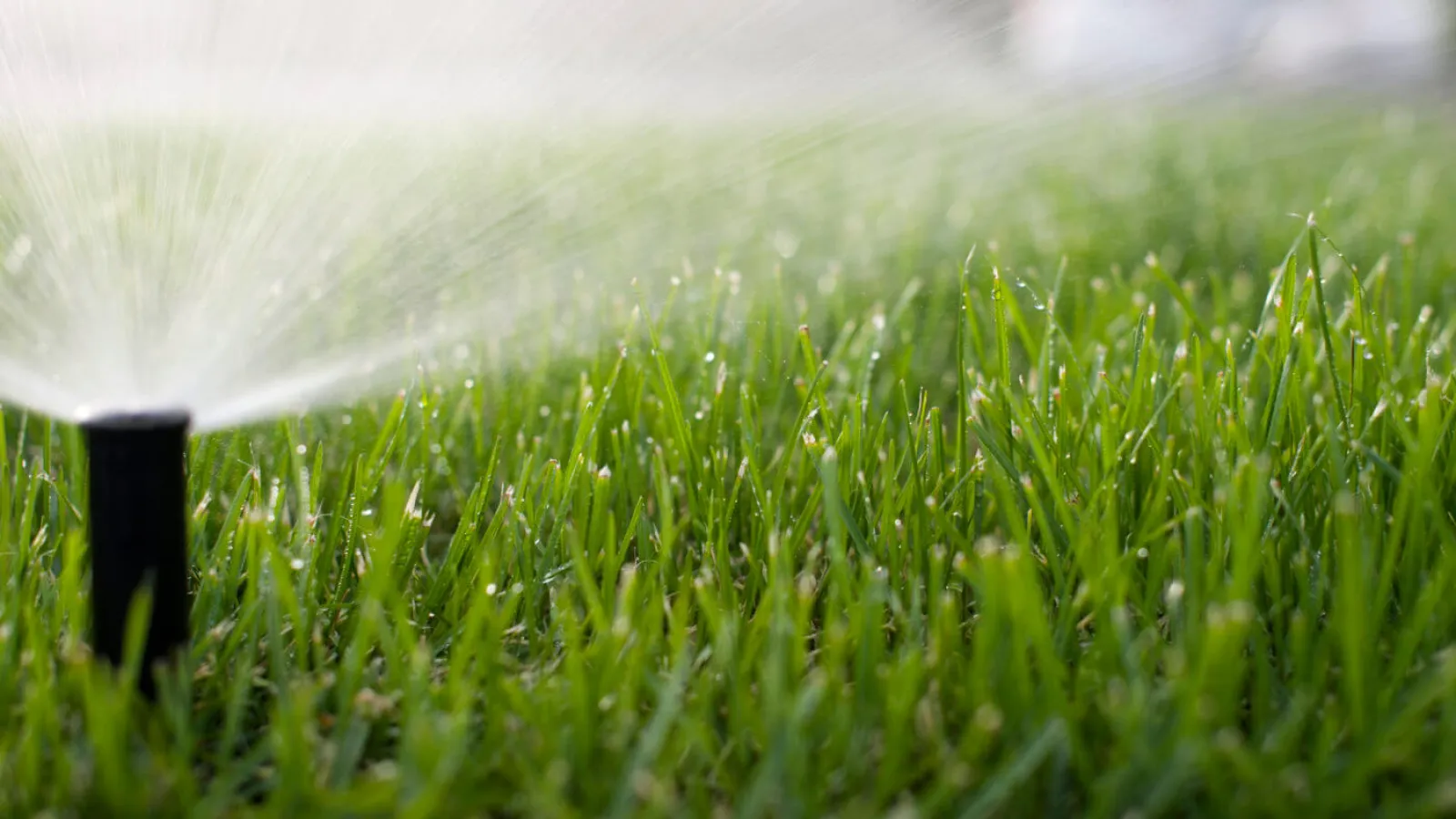
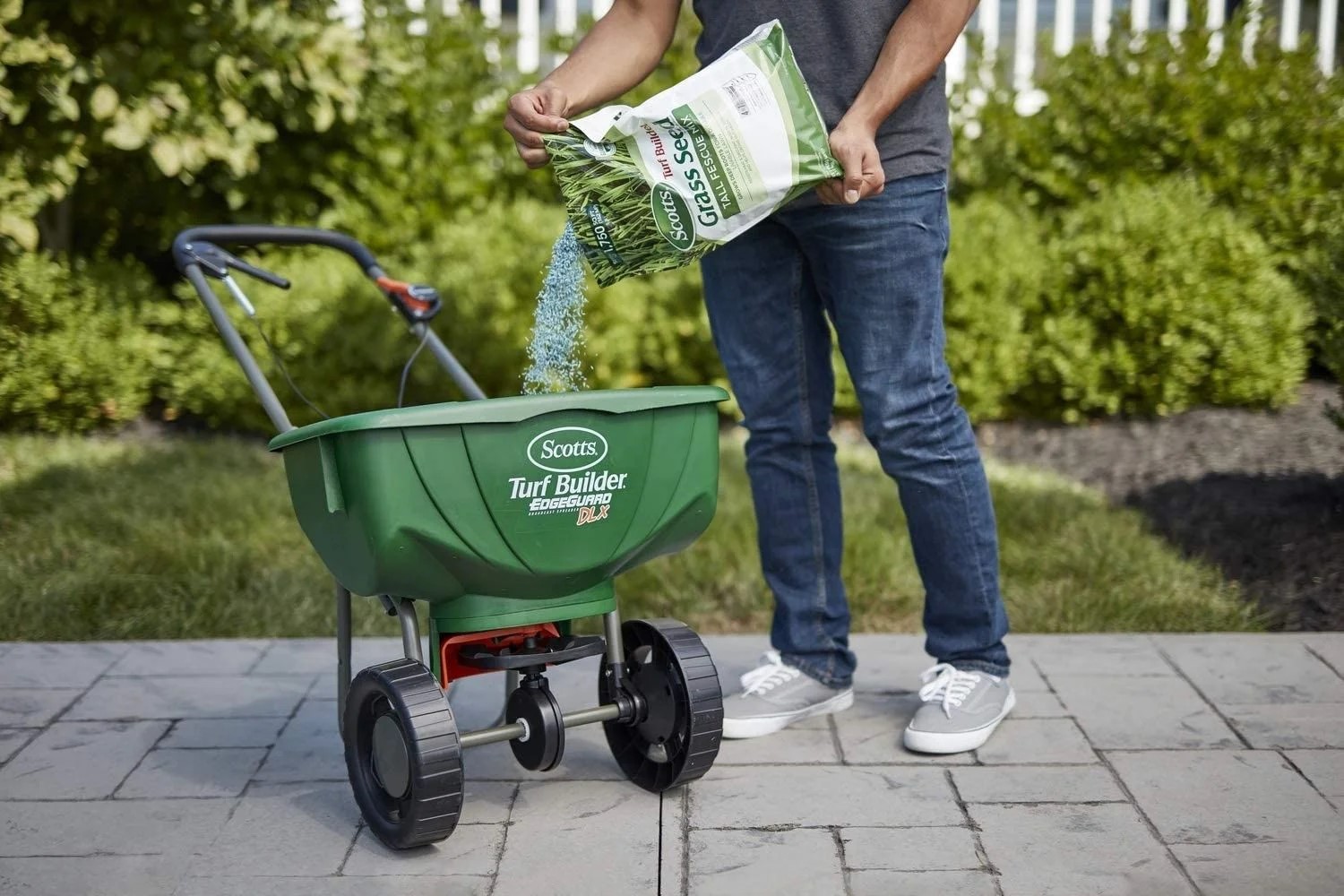
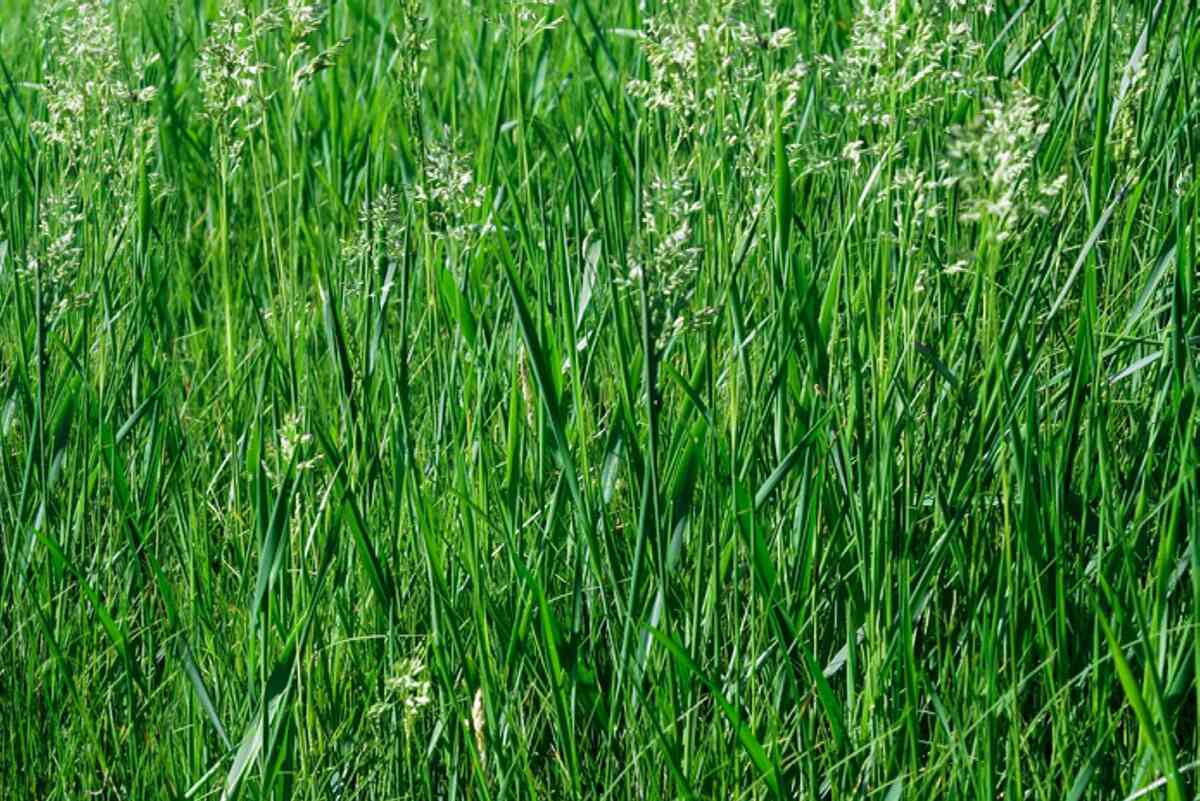
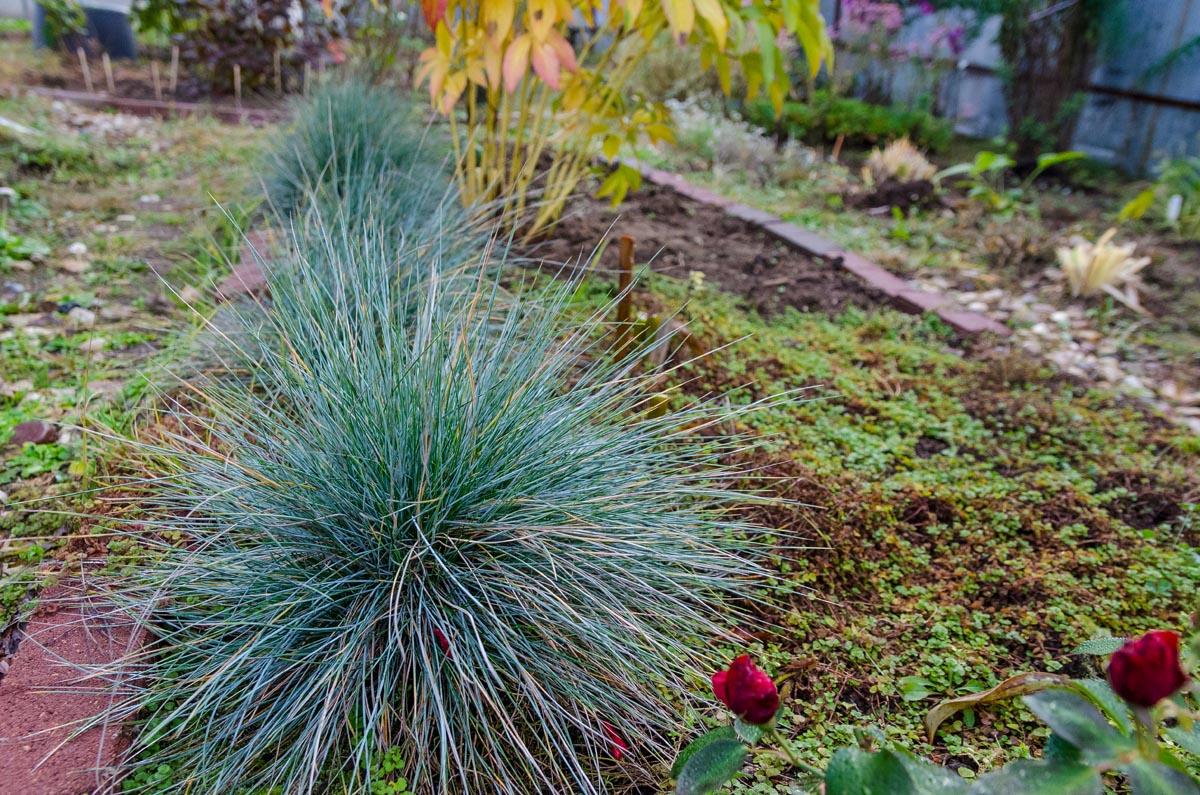
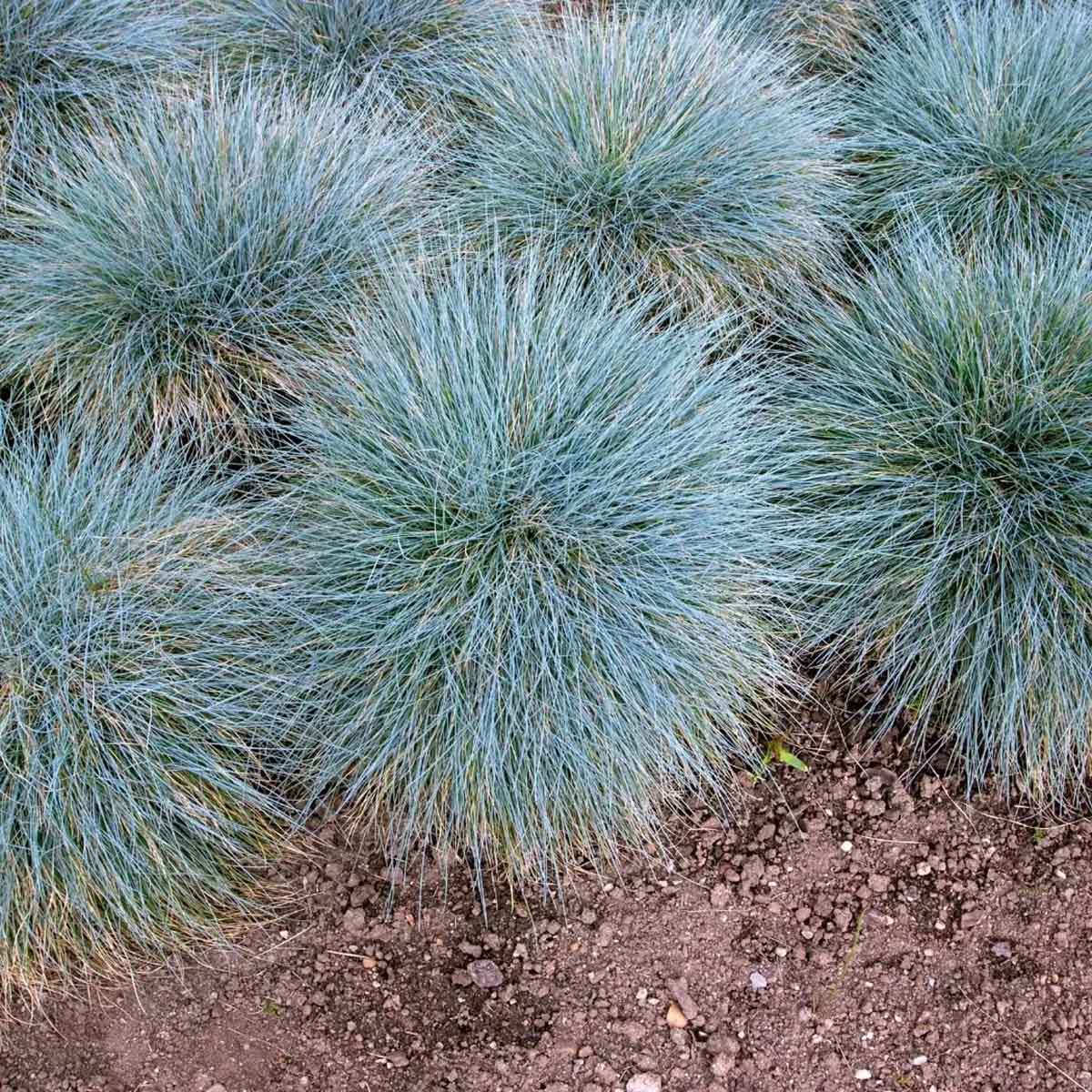
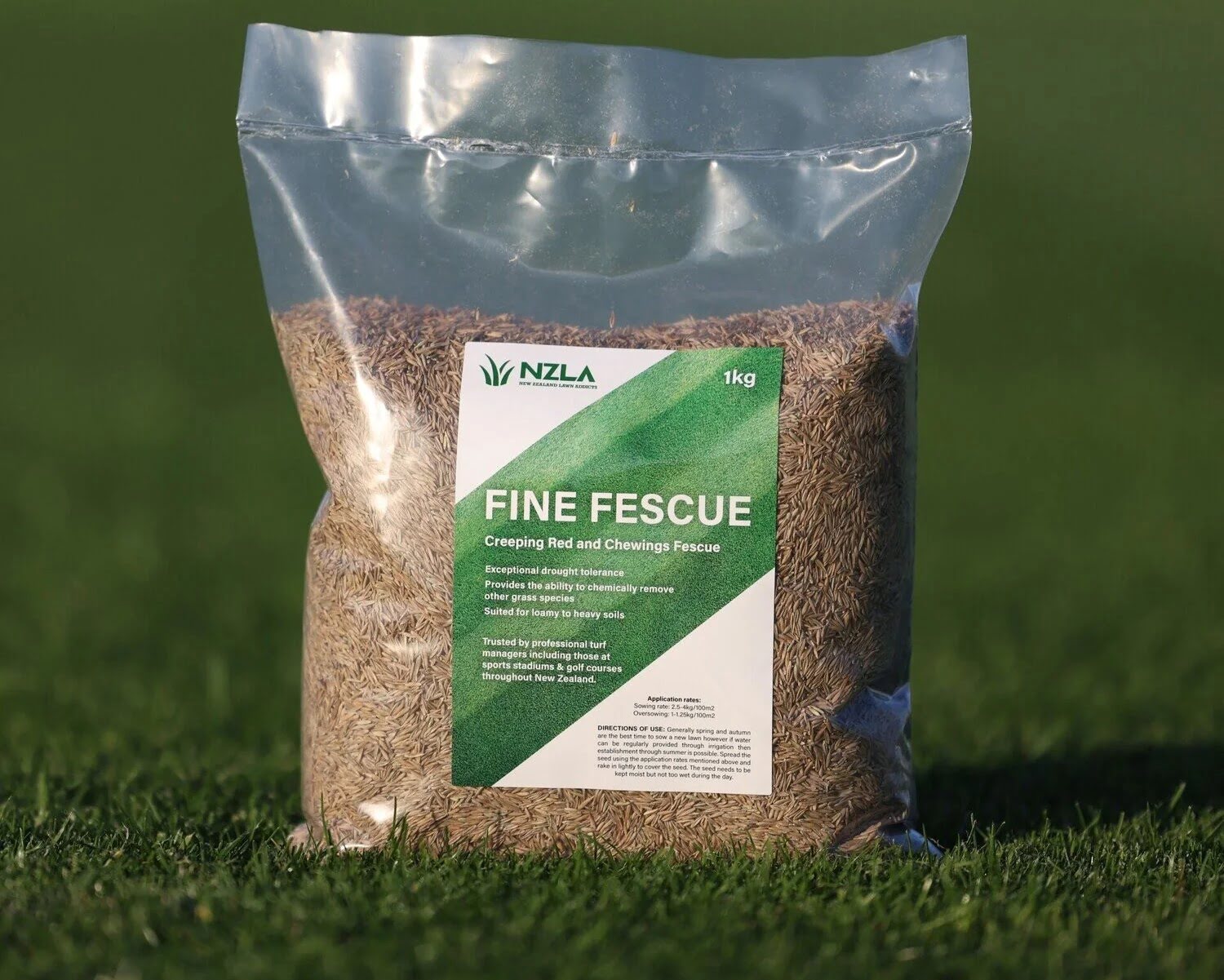
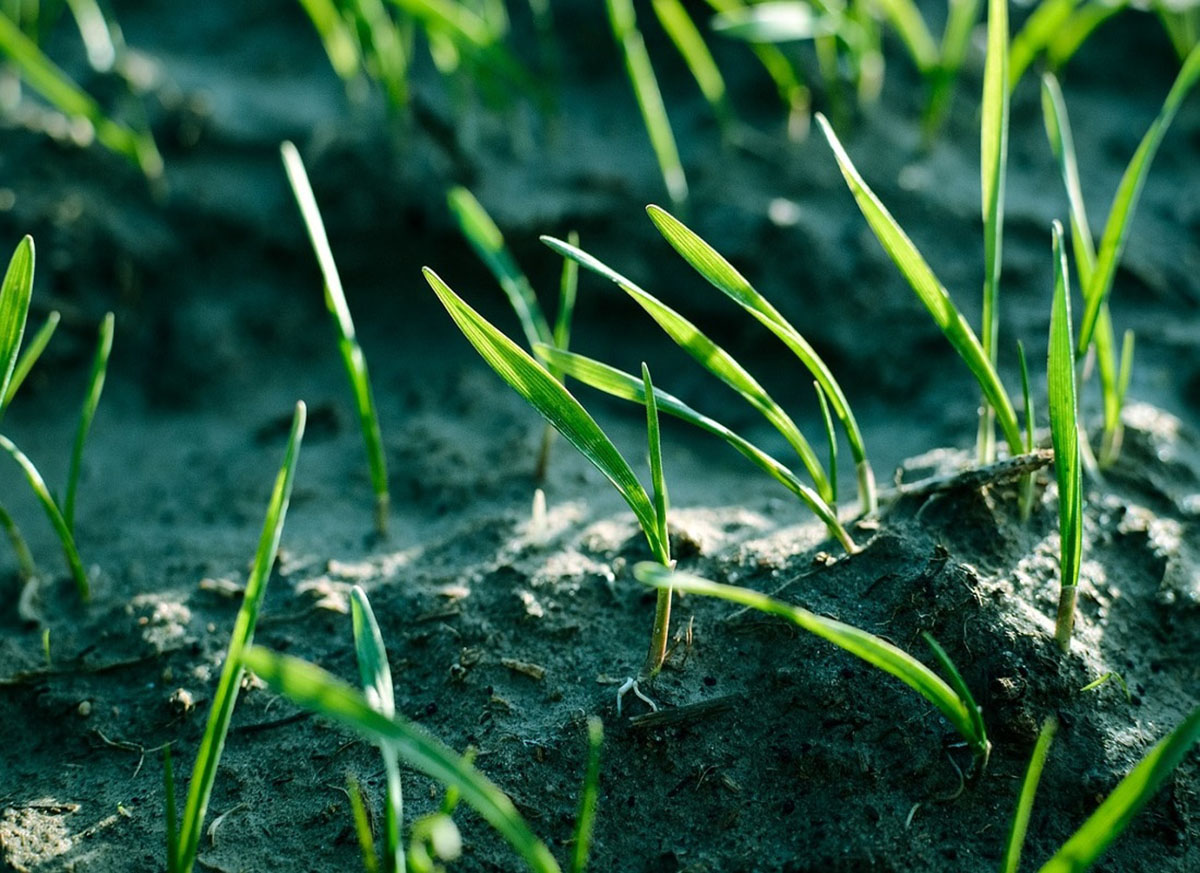
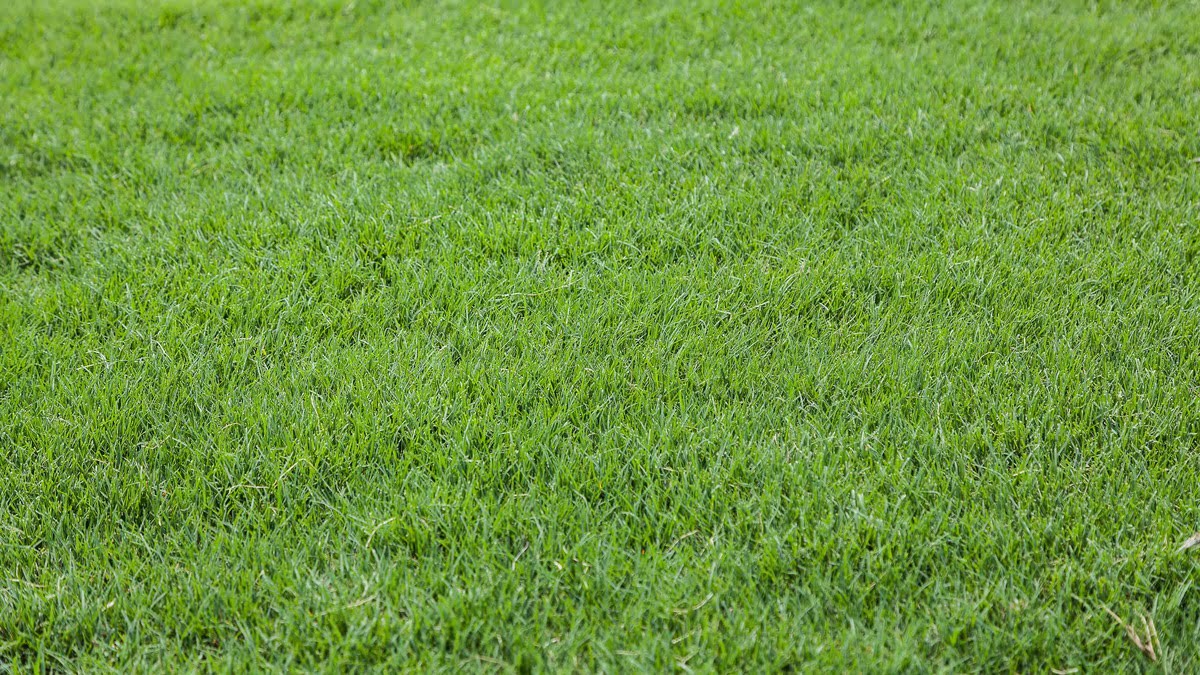
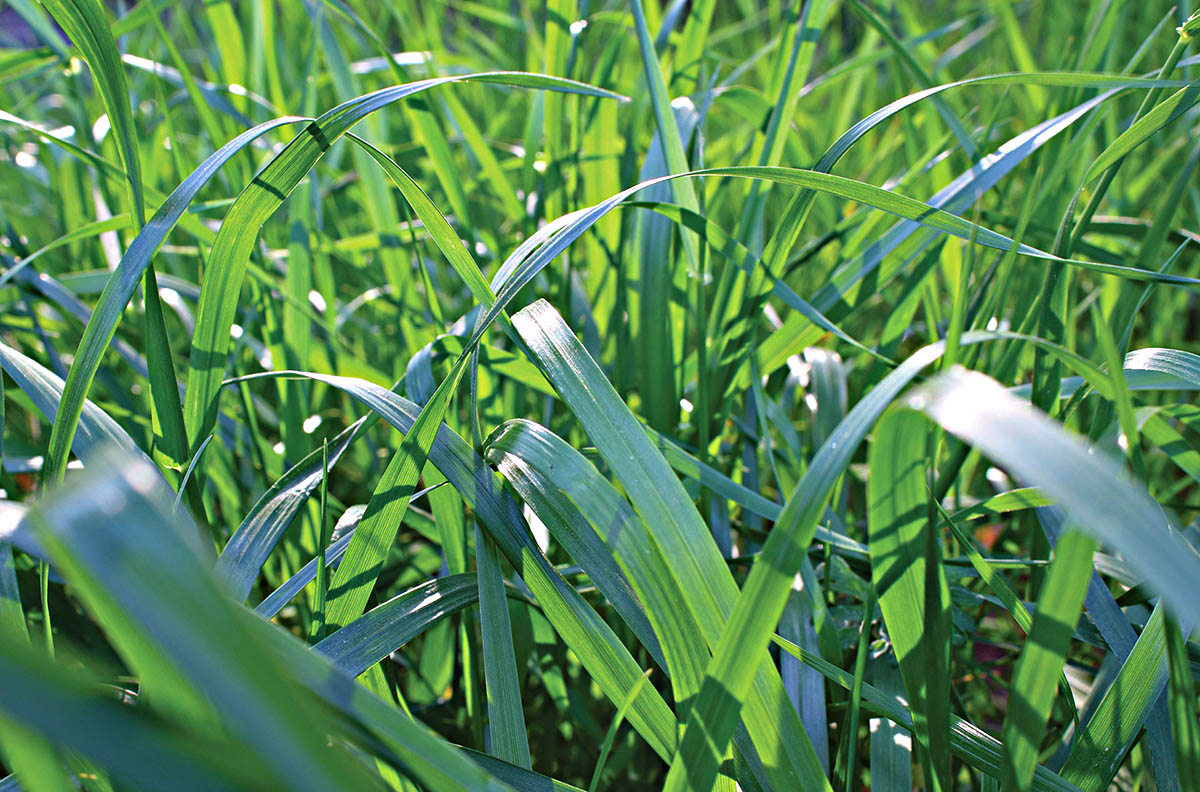
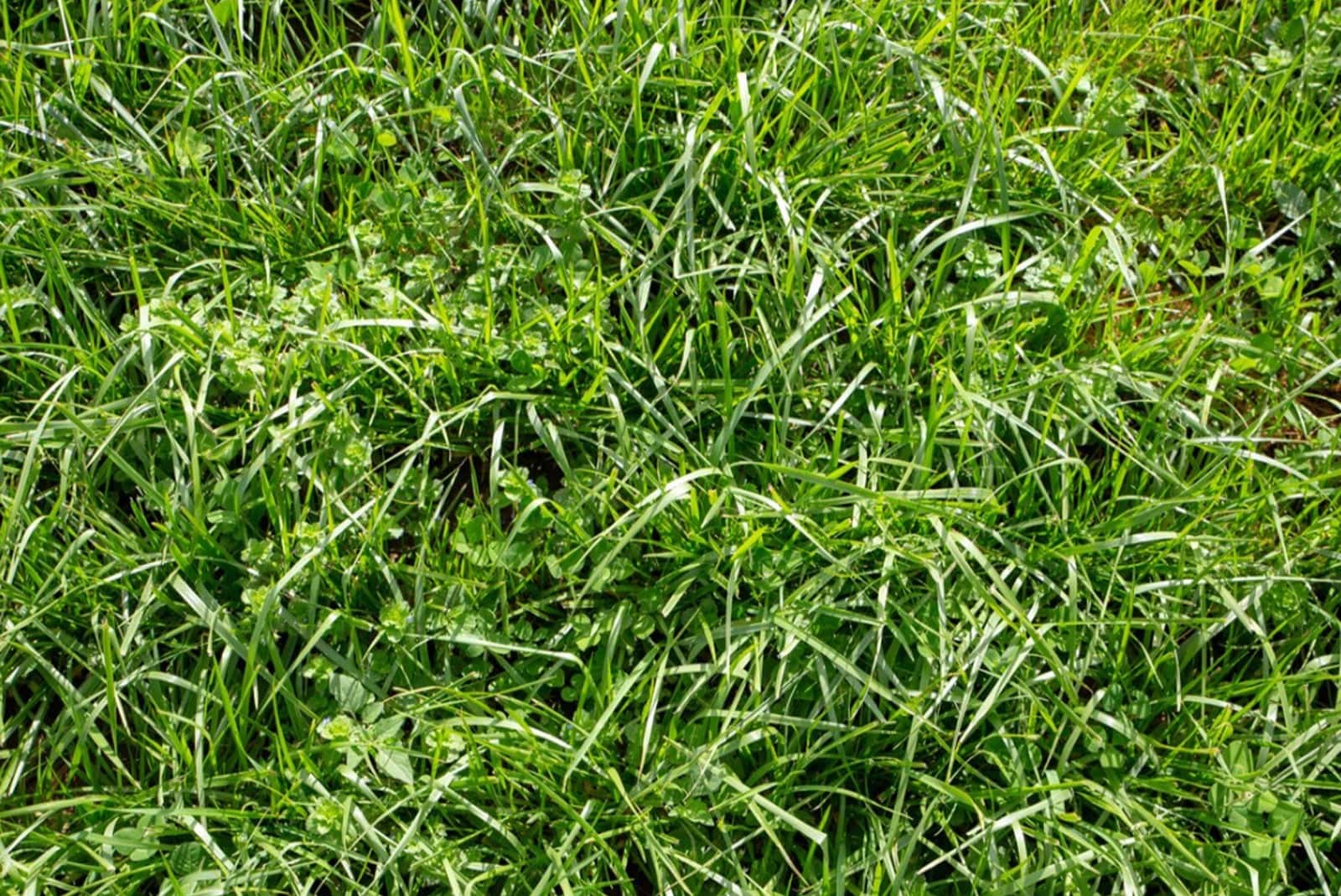
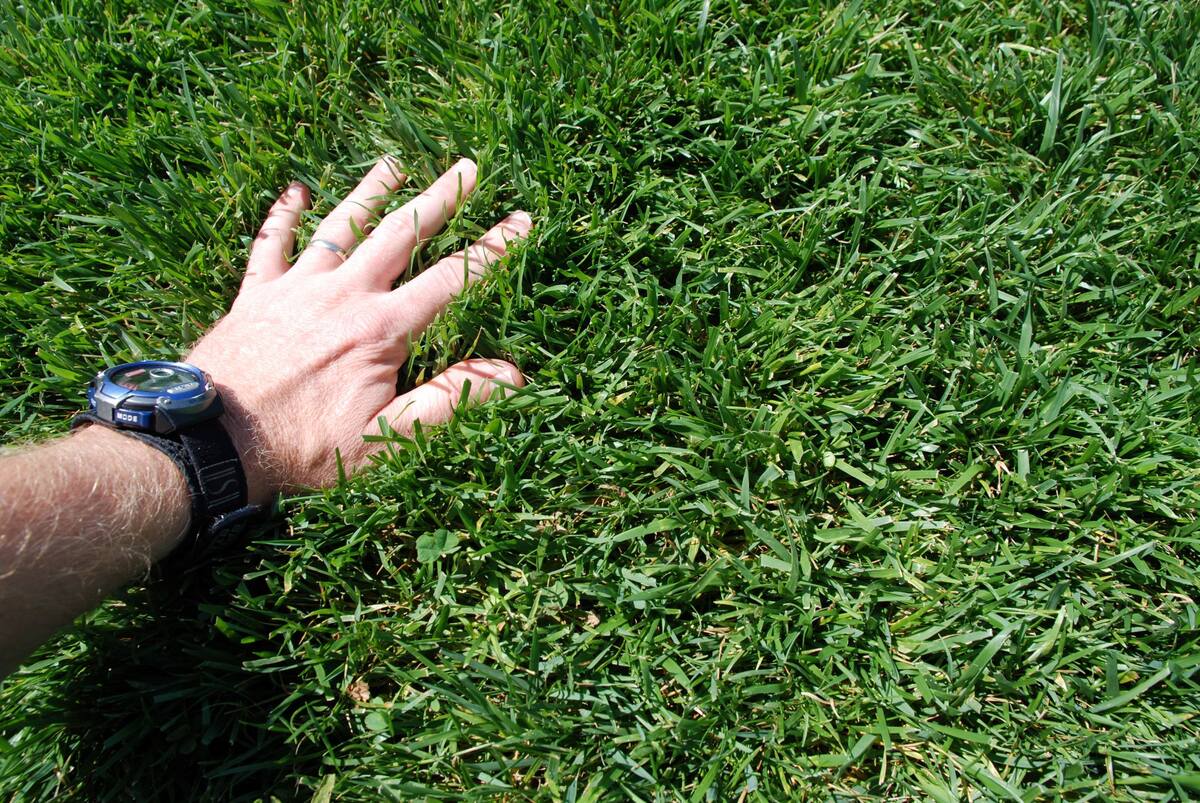


0 thoughts on “How To Plant Fescue Grass Seed”